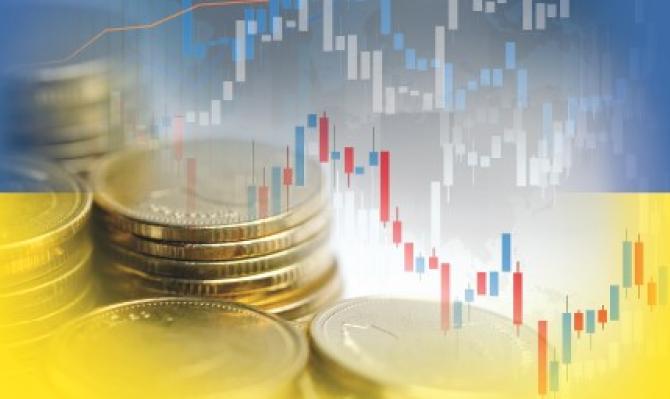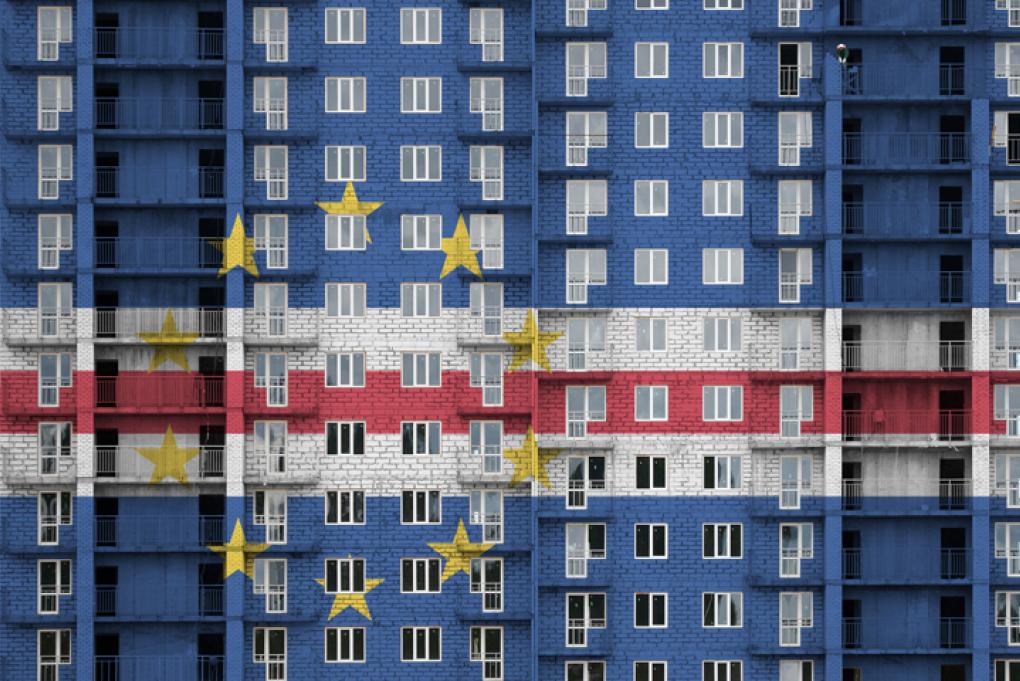Portugal: a first assessment of the impact of the war in Ukraine

Although Portugal’s exposure to Russia and Ukraine is fairly low in terms of trade, other effects of the conflict are already beginning to be reflected in the economy. In this article, we analyse in detail the effects of the rising energy prices.
Portuguese exports to Russia and Ukraine account for only 0.4% of total exports, and imports, just 1.7% of the total. However, as can be seen in the table, three specific products stand out based on their relative weight: imports of liquefied natural gas from Russia (16.6% of total national imports of this product) and corn and sunflower oil from Ukraine (34.7% and 31.2% of total imports, respectively).

Russia was Portugal’s third largest supplier of natural gas in 2021, but with only 10% of total imports, behind Nigeria and the US (49% and 33%, respectively). On the other hand, no crude oil was purchased from Russia that year (in 2020, it accounted for around 4% of total imports). Even so, the possibility of a protracted war, with the consequent persistence of sanctions on the Russian economy and the global decline in the supply of certain commodities, has led to an increase in their prices, regardless of whether or not they come from Russia.
After the first day of the invasion, gas prices in Europe increased by more than 50% and exceeded €220/MWh, compared to €73/MWh just a few days earlier on 21 February. As a result, electricity prices in the wholesale market soared, while the price of a barrel of Brent stood at close to 130 dollars for several days. At the date of writing this article, the prices have partially corrected, but futures contracts continue to indicate high levels in the coming months. We estimate that an increase of $10 per barrel would reduce GDP growth by 0.3 pps and that an increase of €30/MWh in the price of gas would lower it by 0.4 pps. This pressure is coupled with rising food prices, as Russia and Ukraine are major suppliers of cereals and fertilisers. In this context, the rise in the cost of energy and food will further contribute to the acceleration of the inflation rate, which in turn will reduce households’ purchasing power as well as business investment and margins, given the difficulty of passing on the full amount of the cost increases to customers in sales prices.
Energy is a particularly sensitive topic, for three reasons. Firstly, since mid-2021 it has been the main driver of Portuguese inflation, successively registering year-on-year rates of over 5%. Secondly, it directly affects households, for instance due to the higher costs of mobility and heating. Thirdly, it is an input for the production of other goods and services.
With regards to this latter aspect, the increase in energy costs does not affect all sectors equally. Looking at the overall structure of the national accounts of the business sector, energy costs represent 7% of production (measured at sales prices).1 However, there are sectors that are more exposed, such as agriculture and animal production (the agrifood industry, where energy represents 11% of production, is also among the sectors most sensitive to rising transportation costs), as well as catering (14%), fishing (17%), the extractive industry (19%) and land transportation (29%).
Given the differing relative weight of energy costs, the impact on the GVA2 that is generated also differs from sector to sector. Assuming there is a 50% increase in energy prices and that sales prices and other costs remain unchanged, the average reduction potential in business GVA would be 10%, although this figure is once again particularly high in the cases of agriculture (with a reduction potential of 20%), fishing (–19%), the extractive industry (–25%) and the food industry (–14%). In the case of land transportation, the reduction in GVA would reach 39%. This exercise allows us to identify in which sectors there is greatest pressure to raise prices in a context of energy inflation. Of course, the ability to pass on this increase in energy costs differs according to the sector, the size of the business and the nature of the established commercial and contractual relations.
As far as households are concerned, this price increase also has a differentiated impact, since the structure of consumption expenditure varies for different income levels. In a household with a lower income (first quintile), expenditure on food, transportation, accommodation, water, electricity, gas and other fuels accounts for 65.8% of the total consumption. In contrast, in a higher-income household (fifth quintile), the same expenses represent just 55.7% of the total.3 As these are the consumption categories that are experiencing the greatest pressure to increase prices, it is lower-income households who are feeling the impact of inflation the most.
In short, the direct impact of the war on Portugal through the trade channel is moderate. However, it is impossible to remain immune to the consequences of rising energy and food commodity prices. These and other effects explain the adjustment of our inflation forecasts (which we now place at 5.4% on average for 2022), as well as our growth forecasts, as set out in more detail in the article «Portugal: what impact will the conflict in Ukraine have on growth?», published in this same report. A note of caution, however: the uncertainty surrounding these forecasts is unusually high, and the measures which the national government or the EU may take in order to contain the price rises, which have not been specified at the time of writing this article, could have a substantial impact on the average inflation for this year.
- 1. To calculate the relative weight of energy costs as a proportion of production, we use data on the average weights of energy expenditure in the total GVA from the article by J. Amador (2022). «Energy mix and intensity in Portugal: Portraits from aggregate and firm-level data». Bank of Portugal.
- 2. Gross value added (GVA) corresponds to the value of production (at sales prices) less expenditure on other productive factors (including energy) except wages.
- 3. The data on the distribution of consumption by income quintiles are obtained from Eurostat (2015 Household budget survey).

- 1. To calculate the relative weight of energy costs as a proportion of production, we use data on the average weights of energy expenditure in the total GVA from the article by J. Amador (2022). «Energy mix and intensity in Portugal: Portraits from aggregate and firm-level data». Bank of Portugal.
- 2. Gross value added (GVA) corresponds to the value of production (at sales prices) less expenditure on other productive factors (including energy) except wages.
- 3. The data on the distribution of consumption by income quintiles are obtained from Eurostat (2015 Household budget survey).



